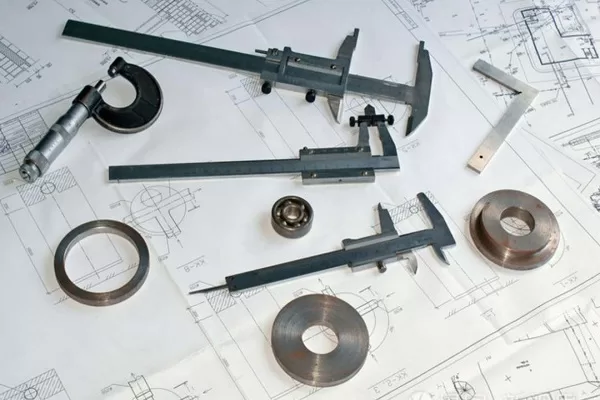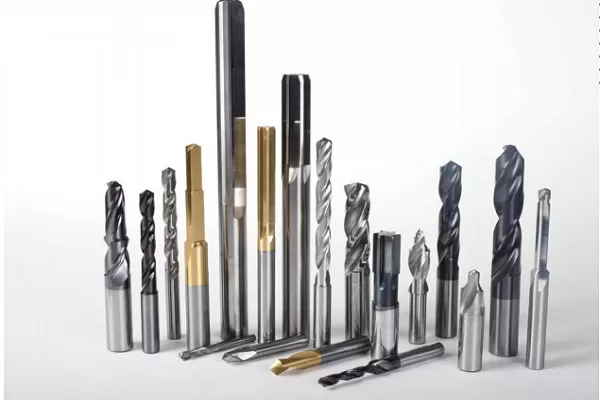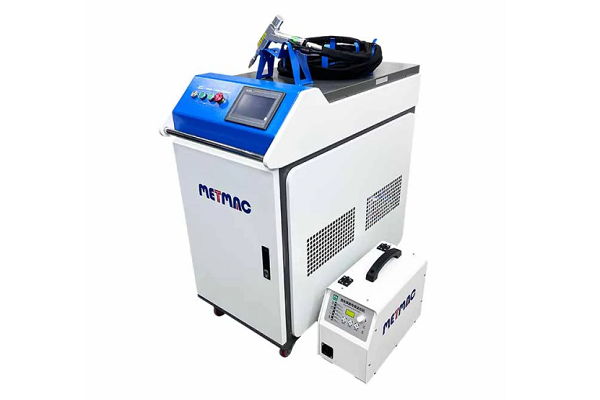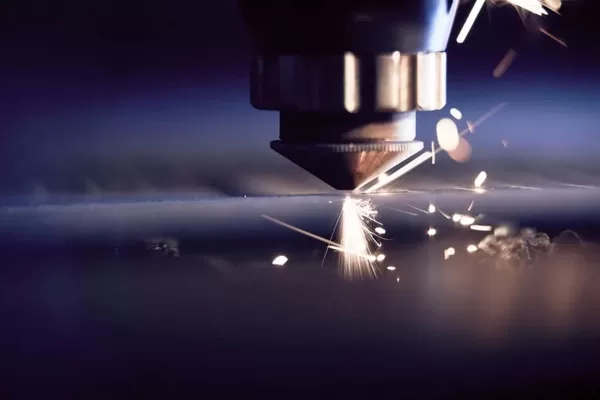
The Basics of Metal Sheet Press Brakes- A Comprehensive Guide
- By:Metmac
- 2024-07-29
- 89
Unleashing the Precision of Press Brakes in Metal Fabrication
In the realm of metalworking, where precision and efficiency reign supreme, press brakes stand as indispensable tools that shape and bend sheet metal with unparalleled accuracy. For those seeking to master the intricacies of these formidable machines, this comprehensive guide unveils the basics of metal sheet press brakes.
Anatomy of a Press Brake
At their core, press brakes comprise three primary components:
– The frame: A sturdy framework that houses the working elements.
– The ram: The movable component that descends to apply pressure to the sheet metal.
– The die: A fixed tooling that forms the sheet metal by interacting with the ram.
Types of Press Brakes
The spectrum of press brakes diversifies based on their power source and operating mechanism:
– Mechanical press brakes: Powered by a flywheel and geared system for high-volume production.
– Hydraulic press brakes: Utilize hydraulic cylinders for precise and controllable bending.
– Electric press brakes: Offer energy efficiency and versatility with a combination of motor and hydraulics.
Bending Operations
The primary function of press brakes lies in bending sheet metal. This process involves applying force to the material, causing it to deform along the contours of the die. Various bending techniques exist, each tailored to specific applications:
– Air bending: Bends sheet metal with a gap between the ram and die, creating a sharp angle.
– Bottom bending: Forms the material in a closed die, resulting in precise and consistent bends.
– Flanging: Bends the material to create a raised edge or flange.
Factors to Consider
Selecting an appropriate press brake for your needs requires considering several factors:
– Tonnage capacity: Determines the maximum bending force the machine can generate.
– Bending length: Specifies the maximum length of material that can be bent in a single operation.
– Speed: Affects the production rate but requires consideration of material thickness.
– Tooling: Choose compatible dies and punches to achieve the desired bend shapes.
Benefits of Using Press Brakes
Incorporating press brakes into your metalworking process yields numerous benefits:
– Precision bending: Delivers consistent and accurate bends, meeting exacting design specifications.
– High productivity: Enables rapid and efficient production of bent parts.
– Versatility: Handles a wide range of materials, thicknesses, and bending requirements.
– Safety: Equipped with features to protect operators from hazards.
By mastering the basics of metal sheet press brakes, metalworkers empower themselves with a powerful tool that unlocks precision fabrication and elevates their manufacturing capabilities.
-
The Advantages of Using a Sheet Roll Forming Machine in Manufacturing
2024/09/14 -
How to Optimize Your Laser Sheet Cutting Machine for Maximum Performance
2024/09/12 -
How to Maximize Efficiency with Modern Sheet Metal Working Machines
2024/09/04 -
The Environmental Benefits of Using Duct Board Grooving Machines
2024/09/03
-
Integrating Automation with Rectangular Duct Machines for Enhanced Productivity
2024/05/11 -
Metal Shear Machines- Essential Tools for Precision Metal Cutting
2024/05/11 -
Understanding the Role and Function of Steel Strip Slitting Machines
2024/05/11 -
Maintenance Tips for Longevity of HVAC Duct Machines
2024/05/11
-
A Guide to the Latest Innovations in Sheet Metal Folding Machines
2024/11/29 -
Key Features to Consider When Investing in a Sheet Metal Folding Machine
2024/11/28 -
Enhancing Precision with Advanced Sheet Metal Folding Machines
2024/11/27 -
How to Choose the Right Sheet Metal Folding Machine for Your Workshop
2024/11/26



